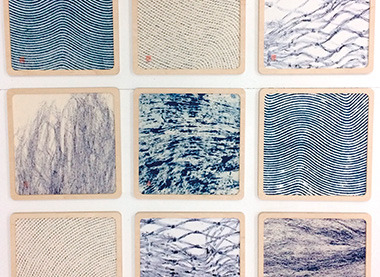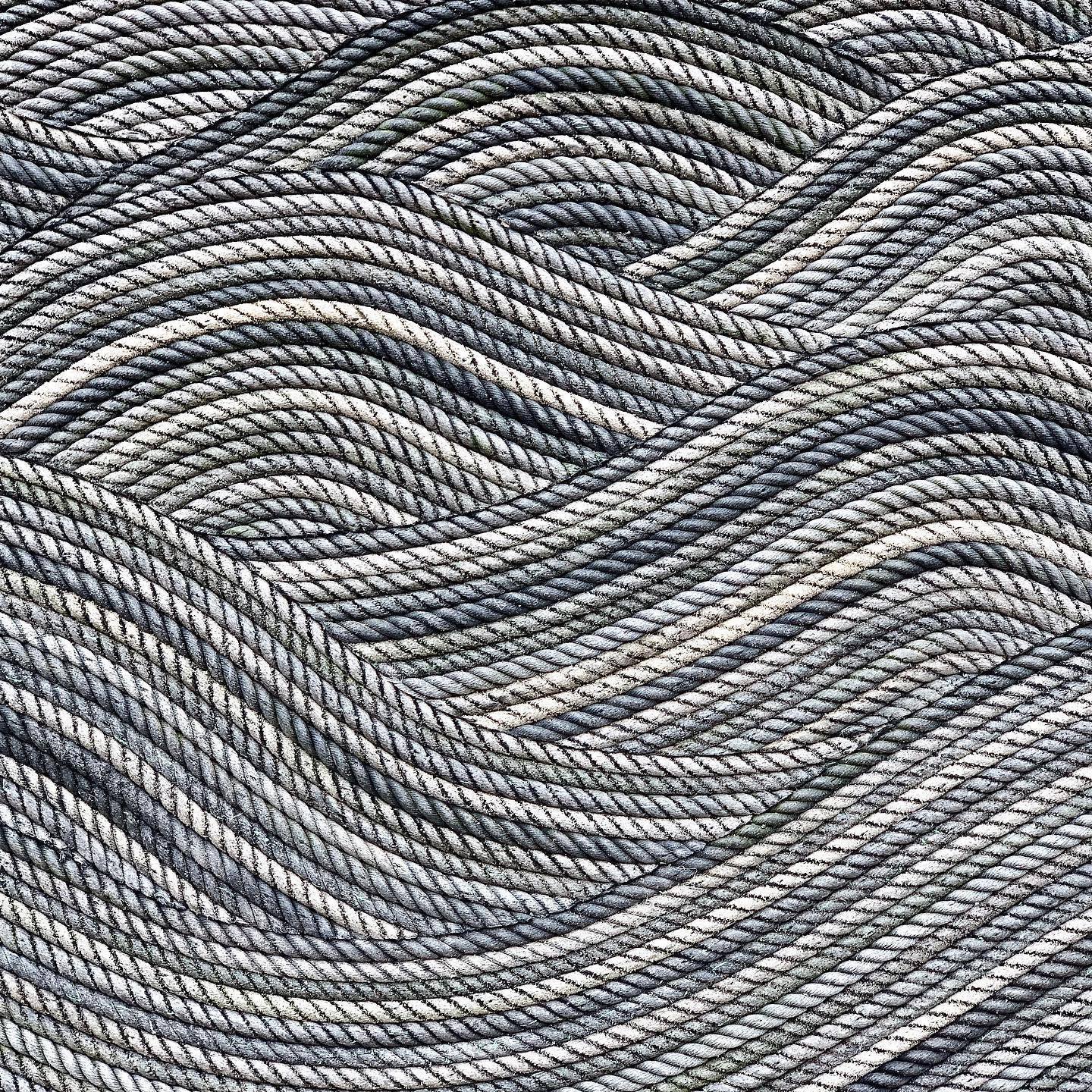さどの島銀河芸術祭
Artists

Ethan Estess
Born in 1989.
An artist and marine scientist based in California, Estess’s work, which includes sculptures and block prints, focuses on the impact human activity has on the ocean. Estess earned a bachelor’s and master’s degree in environmental science from Stanford University, where he also studied oceanography and studio art. He currently owns an art studio and gallery in Santa Cruz, and conducts research on the ecology of bluefin tuna at the Monterey Bay Aquarium.
- Dates
- August 8 (Sat) - October 11 (Sun)
- Open
- 10:00 - 17:00
- Venue
- Lake Kamo Boathouse
- Admission
- ¥500
- Location
- 〒952-0016 Harakuro, Sado(in front of Shiizaki Onsen Iriguchi bus stop)
view on Google Map

Nichibotsu
I was inspired to create artwork from reclaimed fishing rope after spending a summer studying bluefin tuna with local fishermen on Sado Island. When we were not conducting our research at sea, I would spend time walking along the beaches collecting plastic debris to use for art projects in my hotel room studio. I took note of a wood carving at a local temple that depicted rippling ocean waves and realized I might be able to create this beautiful pattern with old fishing rope. My hope is that these works are visually appealing and encourage the viewer to reflect on the need for improved recycling infrastructure for old fishing gear to ensure that it isn't discarded at sea.

Impressions of Sado Island
A series of works inspired by Estess’s time on Sado Island. Estess created the pieces after seeing a fish print in a fishing tackle shop, and used old fishing nets, pieces of plastic, and seaweed collected on the beach. Impressions of Sado Island is a meditation on biodegradation, permanence, and the effects of pollution on wild marine life.

Enso / Lifecycle
Working on a commercial fishing boat off Sado Island as a research scientist studying bluefin tuna, I was inspired by the neat yet irregular coils of rope laid out on the vessel's deck. The rope reminded me of the brushstrokes of an Ensō ring. Typically drawn on rice paper with a single brush stroke, the creation of enso rings is a meditative practice in the Japanese Zen Buddhist tradition. In pursuit of the perfect hand-drawn circle, the practitioner learns to let go and create freely, accepting the final result as beautiful despite any superficial imperfections. In this way, the Enso ring is a powerful representation of the Wabi Sabi world view that urges us to find beauty not only in growth and newness, but also in natural degradation, imperfection, and the end of life.
Returning to my harbor-side workspace, I dug into a large pile of decaying plastic fishing rope and began untangling the chaotic mass of knots into a single organized coil. I reinforced the coil with a steel ring and suspended it in the doorway of a traditional boat house overlooking the ocean as a symbol of the connectivity between land and sea, humans and nature, and the urgent need to develop circular economies for plastic materials.
Instead of allowing plastics to degrade in the environment or be incinerated, fishing rope, nets, bottles, and plastic packaging of all kinds should be designed with a cradle-to-grave mindset that plans for their eventual reintegration into new products. Around the world, novel recycling techniques and businesses are being created to take advantage of this latent material. By reducing our reliance on single-use plastics and designing a circular economy, I am confident that humanity can end the senseless pollution of our home planet and live in greater harmony. It will never be a perfect system, but we have to try.

ashizaki/Storm Surf
When discarded at sea, fishing rope and nets are amongst the most dangerous forms of marine plastic pollution as they entangle, choke, and kill turtles, dolphins, seals, whales, sharks, fish, and sea birds. I made my first reclaimed rope sculpture in 2012 while working in an art residency at the San Francisco landfill, and I have been drawn to this material ever since. I was inspired by a 2016 visit to a local temple on Sado Island where I found wave patterns carved into the beams of an ancient shrine, and I made a mental connection between the dynamic carved lines and the undulating lengths of rope I had found on the beach the day before. To date, I have made over 30 reclaimed rope panels depicting this traditional Japanese wave pattern in an effort to create works that are aesthetically appealing while simultaneously engaging viewers in a dialogue about the need to improve waste management in the commercial fishing sector.